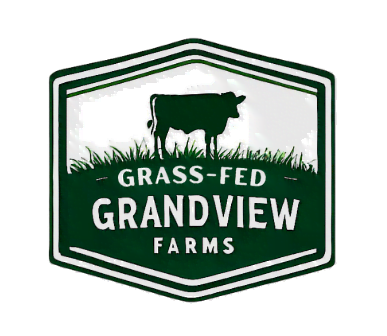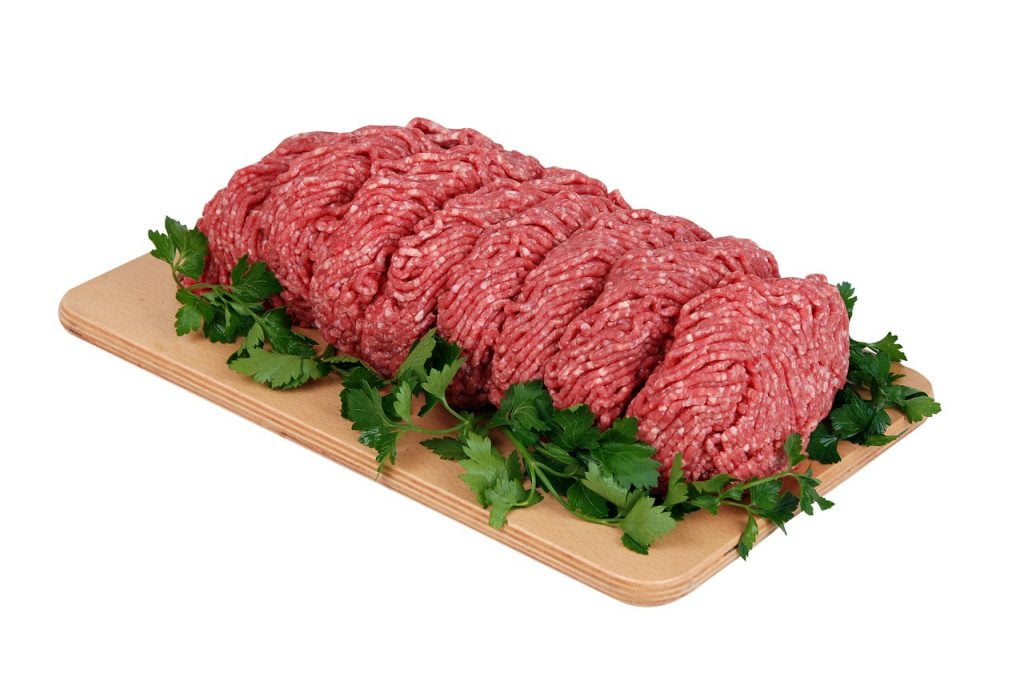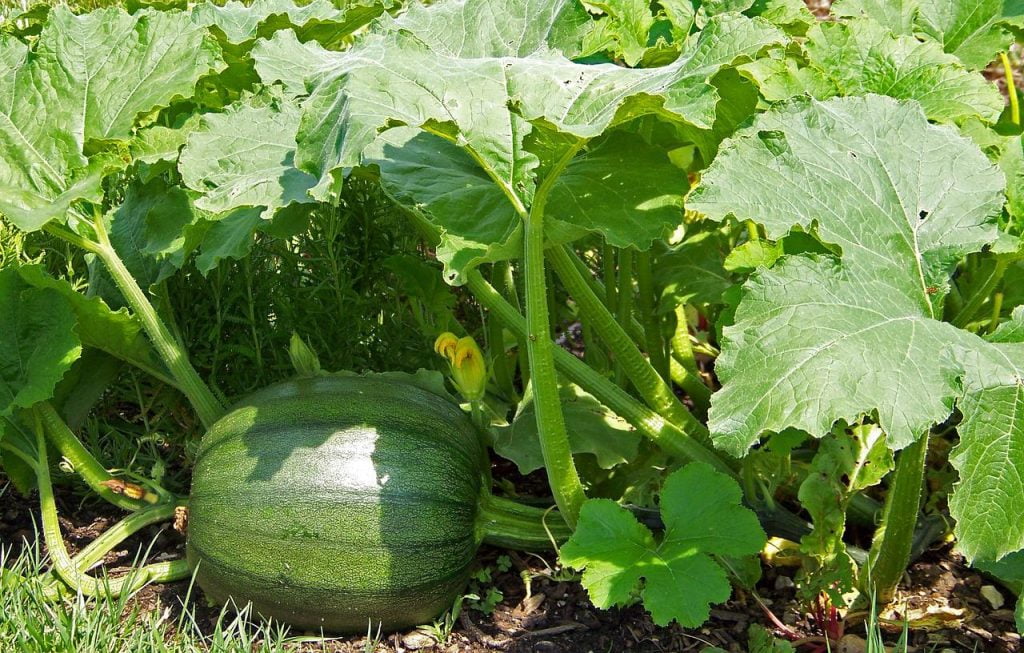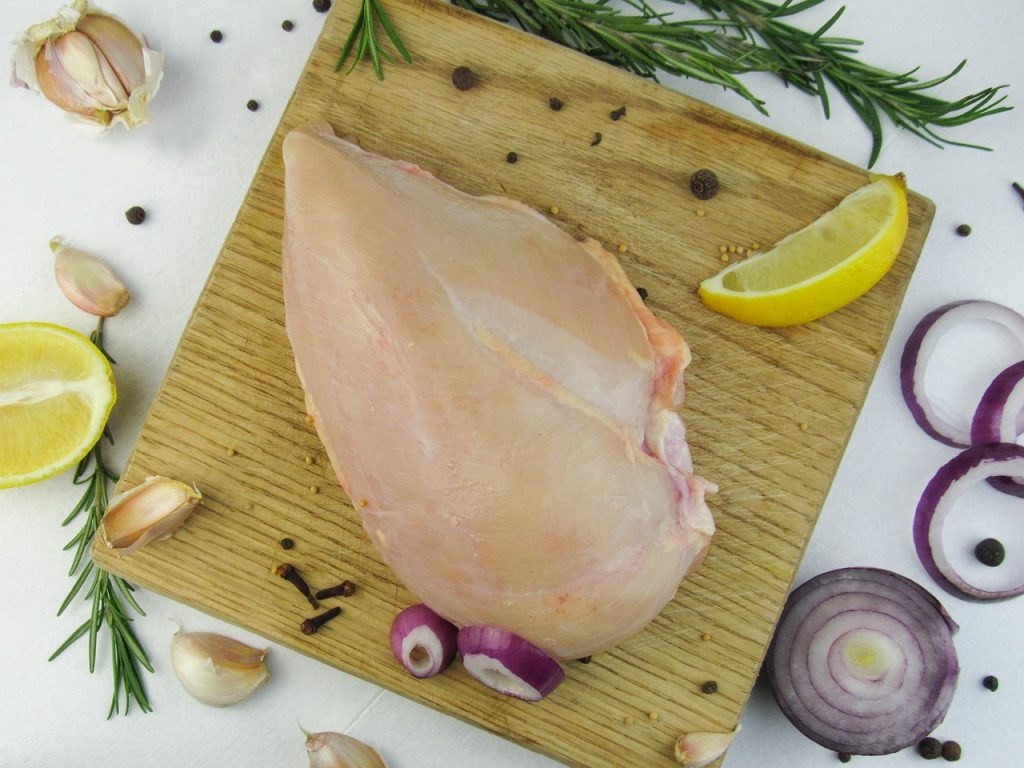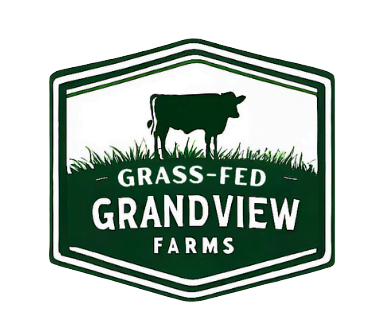
Imagine this: a sizzling plate arrives, bearing a masterpiece of marbling, a crown jewel of the bovine kingdom. The Porterhouse steak, a glorious T-bone’s thicker cousin, reigns supreme in the realm of beef, and nowhere does it wear its crown more proudly than in the lush pastures of Pennsylvania. Today, we embark on a journey to the heart of beef royalty, exploring the secrets that make Grand View Porterhouse steaks the undisputed champion of American steakhouses.
A Cut Above the Rest: The Porterhouse Pedigree
The Porterhouse is not just any steak, it’s a legend. This king-sized cut is carved from the short loin of the cow, where the tender filet mignon meets the richly marbled New York strip. This unique combination delivers a symphony of textures and flavors, with the filet’s melt-in-your-mouth softness contrasting beautifully with the strip’s bold, beefy character.
Numbers Don’t Lie: The Statistical Steakdown
Rarity: Porterhouse steaks are relatively rare, accounting for only about 2% of the entire carcass. This exclusivity contributes to their elevated price tag, but the experience they offer is truly priceless.
Size Matters: A typical Porterhouse weighs in at a hefty 16-20 ounces, making it a meal fit for a king (or queen!). Sharing is optional, but not recommended for the faint of heart.
Marbling Magic: The secret to a succulent Porterhouse lies in its fat marbling. These intramuscular pockets of fat baste the meat from within, resulting in a juicy, flavorful explosion with every bite. According to the USDA, the ideal marbling score for a Prime Porterhouse is “moderately abundant” or “abundant,” and Grand View steaks consistently meet and exceed these standards.
From Farm to Fork: The Grand View Journey
Grand View Farm isn’t just a cattle ranch; it’s a haven for happy cows, producing the finest beef Pennsylvania has to offer. Here’s what sets Grand View Porterhouses apart:
Pasture-Raised Bliss: Unlike their factory-farmed counterparts, Grand View cows spend their days grazing on lush Pennsylvania pastures, indulging in a natural diet rich in grasses and legumes. This not only translates to superior flavor but also contributes to higher levels of omega-3 fatty acids and conjugated linoleic acid (CLA), both beneficial for heart health.
Small-Batch Expertise: Grand View is a family-run operation, and their dedication to quality shows in every step of the process. From humane handling to meticulous aging, they focus on small batches to ensure consistent excellence in every Porterhouse steak.
Dry-Aging Delights: Grand View Porterhouses undergo a 28-day dry-aging process, which concentrates the flavors and tenderizes the meat to an unparalleled degree. Imagine biting into a steak that’s not just juicy, but also bursting with complex, umami-rich notes. That’s the magic of dry-aging, and Grand View does it right.
Fun Food Facts to Impress Your Dinner Guests:
The name “Porterhouse” is believed to have originated in New York City, where it was a popular cut among porters and other working-class men in the 19th century.
The T-bone shape of the Porterhouse inspired the creation of the letter “T” itself!
A perfectly cooked Porterhouse should have a beautiful sear on the outside and a medium-rare interior, showcasing the pink marbling like a work of art.
Grand View Farm: Where Sustainability Meets Steakhouse Royalty
Grand View Farm’s dedication to Porterhouse steaks goes beyond the cut itself. Sustainability is woven into every step of their journey, from pasture to plate. Here’s how they play their part in nature’s grand symphony:
Grass-Fed Symphony: Forget grain-fed cows – Grand View’s Black Angus and Hereford cattle graze on nutrient-rich Pennsylvania pastures, mimicking their natural diet. This not only boosts the meat’s flavor and omega-3 content but also nourishes the soil and fosters biodiversity.
Rotation Rhapsody: Instead of depleting their pastures, Grand View uses rotational grazing. Cows are moved daily to fresh patches, allowing the land to recover and promoting healthy plant growth. This reduces soil erosion and creates a haven for wildflowers and insects, boosting the farm’s ecosystem.
Waterfall of Wellness: Water conservation is crucial. Grand View utilizes rainwater harvesting and natural springs to minimize their dependence on conventional sources. This helps maintain healthy water levels for both the cows and the surrounding environment.
Breed Bonanza: The Stars of Grand View’s Stage
The magic of Grand View’s Porterhouse lies not just in their sustainable practices but also in the cattle themselves. They don’t settle for ordinary breeds; they choose the best:
Black Angus: Known for their rich marbling and intense flavor, these American beauties are the backbone of Grand View’s Porterhouse steaks. Their calm temperament and adaptability to Pennsylvania’s climate make them ideal for pasture-raising.
Hereford: Adding a touch of rustic charm, these red and white beauties bring another dimension to the Grand View palate. Their leaner musculature contributes to a slightly different but equally delicious texture in the Porterhouse, perfect for those who like touch-less marbling.
From Pasture to Perfection: Culinary Canvas for Your Masterpiece
Now, let’s turn our attention to the art of transforming this crown jewel of beef into a culinary masterpiece. Here are some tips and recipes to bring out the symphony of flavors in your Grand View Porterhouse:
Grilling for Glory:
Heat is your friend: Preheat your grill to high heat – around 500°F – for a perfect sear. Don’t overcrowd the grill; leave ample space for even cooking.
Season with simplicity: A sprinkle of kosher salt and freshly cracked black pepper is all you need. Let the natural flavors shine!
Cook to your canvas: Grill for 3-4 minutes per side for medium-rare, or adjust timings based on your preference. Use an instant-read thermometer to ensure perfect doneness.
Pan-Searing Serenade:
Cast iron is king: Preheat a cast iron skillet over high heat for a restaurant-worthy sear. A little olive oil adds a touch of richness.
Kiss it, don’t drown it: Sear the steak for 2-3 minutes per side, then reduce the heat and finish cooking to your desired doneness. Baste with butter and herbs in the final minutes for an extra layer of flavor.
Oven-Finishing Overture:
Pre-heat for perfection: Set your oven to 400°F. Sear the steak in a hot pan as above, then transfer it to the oven for 8-12 minutes for medium-rare.
Rest is key: Let the steak rest for 5-10 minutes before slicing, allowing the juices to redistribute for a melt-in-your-mouth experience.
Side Dish Symphonies:
Creamy mashed potatoes: A classic pairing that provides a smooth counterpoint to the steak’s bold flavor. Try adding roasted garlic or herbs for a twist.
Grilled asparagus: Light and fresh, grilled asparagus brings a touch of green goodness to the plate. Drizzle with balsamic reduction for a sweet and tangy touch.
Caramelized onions: Sweet and savory, caramelized onions add complexity and richness to the meal. They pair beautifully with both the steak and the mashed potatoes.
The Final Curtain: Your Invitation to the Grand View Stage
This conclusion ties together the content about Grand View Farm’s sustainability, breed selection, awards, and recipes, culminating in a compelling call to action that invites readers to experience the Grand View difference for themselves. Feel free to add any additional details or personalize the language to reflect your specific brand voice and website.
Thank you for reading blogs from Grandviewfarms.
You may also like:
Snack Sticks Showdown: Spicy vs. Sweet – Who Will Reign Supreme?
Skip the Steakhouse: Craft Restaurant-Worthy Grass Fed Ribeye Experiences at Home
Kiss the Grain Goodbye: Grass-Fed Brisket – The Tender Truth Behind the Smoke
